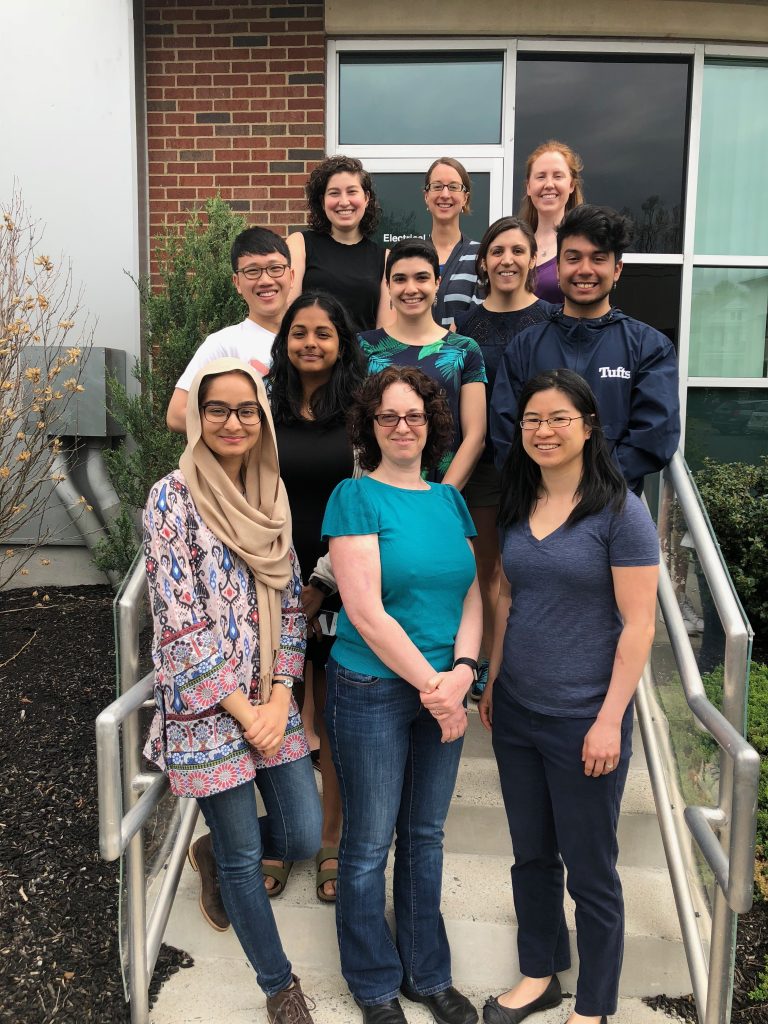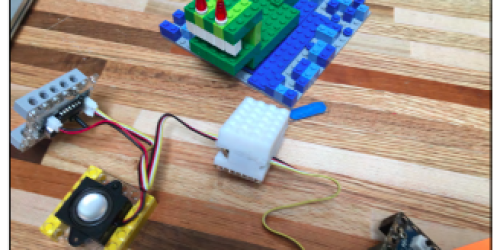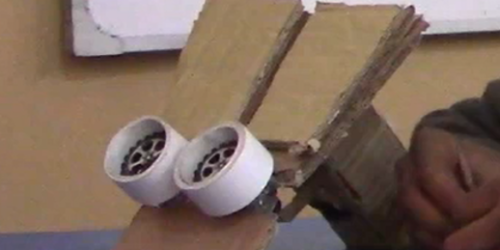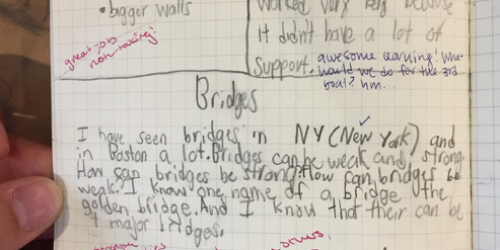by Amelia Becker, CEEO Undergraduate Operations Assistant
The Tufts Center for Engineering Education and Outreach’s (CEEO) own Kristen Wendell, in collaboration with CEEO students and UMass Boston collaborators, has recently published two new studies focusing on engineering design in the elementary school setting. The process of engineering design involves utilizing and constructing new knowledge, through “disciplinary ways of knowing, doing, talking, reading, and writing”. Engineering design is becoming increasingly prevalent in schools, but research on how to support children’s creation of engineering knowledge in these settings is still taking place. In these studies, Wendell looks at the tools and teaching approaches used to facilitate the engineering design process.
The first study, entitled “Supporting Knowledge Construction in Elementary Engineering Design” and co-authored with Chelsea Andrews and Pat Paugh, looks at how engineering knowledge can be facilitated in a classroom setting. The goal was to find epistemic tools, objects, or classroom routines, that assist in epistemic strategies in engineering, ways to become a “more proficient participant in its knowledge-building practices”. For scientists, epistemic strategies may include determining relationships between variables, and for engineers it may be using iterative testing and analyzing failure to create design solutions. In this study, digital design notebooks, posters, and whole class design talks were epistemic tools to help solve a design problem.
These tools were used in an eleven day teaching experiment in two elementary schools classrooms, where fourth and fifth grade students were tasked with creating stomp rockets (rockets that are launched by human-powered stomping that releases compressed air) that could carry a certain payload to its destination. Wendell and her team of researchers looked at the kinds of discourse used as indicators of knowledge building in engineering and how tools were used to aid in knowledge creation. The kinds of discourse include: sense-making discourse to construct understanding of ideas related to the design problem, decision-making discourse to evaluate changes to a design, and representation-making discourse to brainstorm how to make design accessible to outside audiences. Students frequently analyzed and utilized rocket related phenomena and design failures using all of the epistemic tools provided in this experiment. The different epistemic tools were used together to further enhance the creation of knowledge. Ultimately it was concluded that these epistemic tools are useful in a classroom setting for the building of engineering knowledge, but there is room for more research to be done in the field to further investigate the impact of these tools.
To read the full study, click here.
The second study, entitled “Epistemological framing and novice elementary teachers’ approaches to learning and teaching engineering design” and co-authored with Jess Swenson and Tejaswini Dalvi, looks at the relationship between the stances novice teachers hold toward engineering learning and the opportunities created for students. This study uses a comparative case study, looking at the epistemological framings of two novice urban teachers in the same institute for new teachers. Researchers have studied how novice teachers learn and teach engineering, but Wendell argues the missing piece of the story is for what purpose teachers initiate engineering design activities.
The two teachers, Ana and Ben, took on quite different approaches to the teaching of an engineering lesson to elementary school students. Ana seemed to view her students as a design team, giving them the responsibility of considering solutions, choosing design features, and understanding any design failures. She took on the role of question asker, prompting students to consider new ideas without explicitly telling the students what to do. Ben had students work more individually, clearly outlining the structure and materials students should use. He used the design project as a way for students to learn science concepts in a hands on manner. In both their own design activities and their lessons plans, the two exhibited a different approaches to engineering learning. Ana framed it more as building knowledge, while Ben framed it as delivering a product and delivering knowledge. These contrasting perspectives on what it means to do engineering create varying experiences for the students as they learn engineering. Since teachers ideas about what engineering learning means can have a big impact on classroom experience, it’s important to highlight the perspectives teachers hold in teacher preparation programs.
To read the full study, click here.




